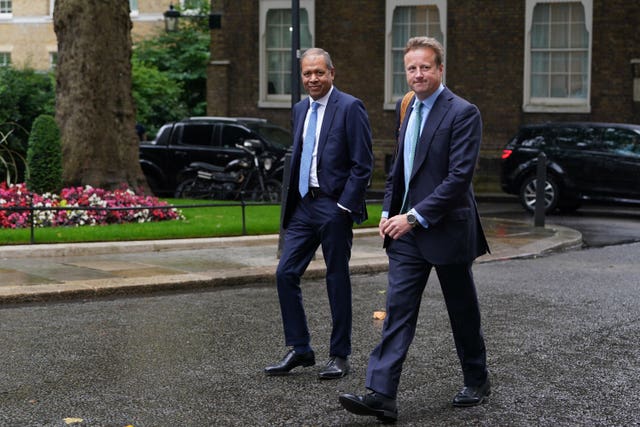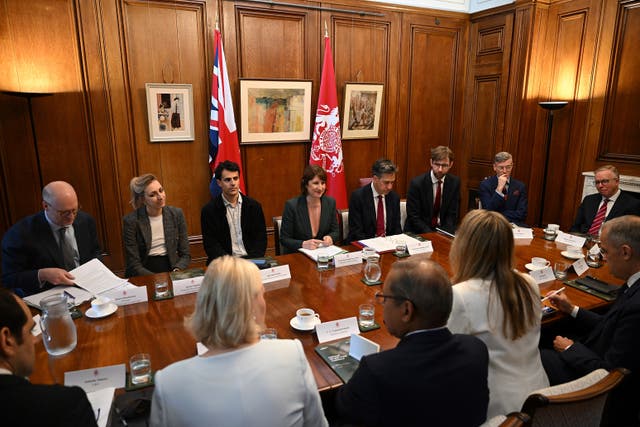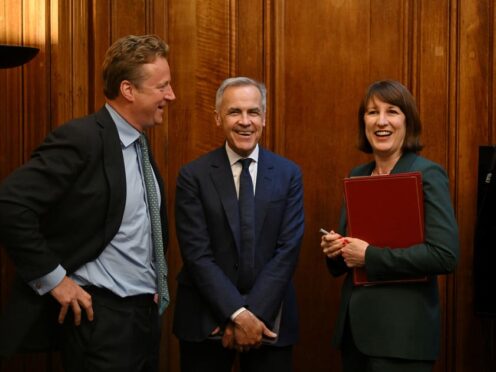The Chancellor has revealed plans for a new national wealth fund designed to attract billions in private sector investment to support UK growth.
The new Labour Government said it has allocated £7.3 billion in additional state funding to support the investment plan.
It is looking to secure roughly triple this in private investment, from the likes of pension funds, to help finance the fund.
Nevertheless, an initial report into the proposed national wealth fund found it needs up to £57 billion in private investment by 2030 to help develop industries it is targeting to drive growth.

The Chancellor, Rachel Reeves, met with a nine-strong National Wealth Fund Taskforce at No 11 Downing Street in order to launch the plans.
The taskforce includes former Bank of England governor Mark Carney, Barclays chief executive officer CS Venkatakrishnan and Aviva chief executive Amanda Blanc.
Ms Reeves said the funding will be used to target green and high-growth industries in the UK.
This will see the Government initially focus investment on five industries: green steel, green hydrogen, industrial decarbonisation, gigafactories and ports.
The Chancellor said: “This new Government is getting on with the job of delivering economic growth. I have been clear that there is no time to waste.
“I have previously committed to establishing a national wealth fund. I am now going further by bringing together key institutions.
“We need to go further and faster if we are to fix the foundations of our economy to rebuild Britain and make every part of our country better off.”
The Chancellor has said the Government will focus on accelerating economic growth in order to bring in the extra tax revenues needed to support significant parts of Labour’s policy plans.
The National Wealth Fund’s investments will be managed by the existing UK Infrastructure Bank, led by former HSBC boss John Flint, with support from the British Business Bank.
It added that the proposals will include reforms to the state-owned British Business Bank.

Green Finance Institute chief executive Rhian-Mari Thomas chaired the taskforce.
She told the PA news agency: “There was a lot of enthusiasm in the meeting, from the Chancellor and members of the taskforce.
“And I’m really encouraged that the Government is looking to move at pace with these plans, to encourage investment from the outset.
“I think the initial public investment can work as a catalyst and in the longer-term can help to drive proportionately more private investment.”
Mark Carney, former governor of the Bank of England, said: “This new Government has rightly identified infrastructure investment as a core enabler of building high value, low carbon, competitive industries.
“The smart use of public investment via the national wealth fund can kick-start economic growth and crowd in private capital to vital sectors including ports, heavy industry and manufacturing.”
